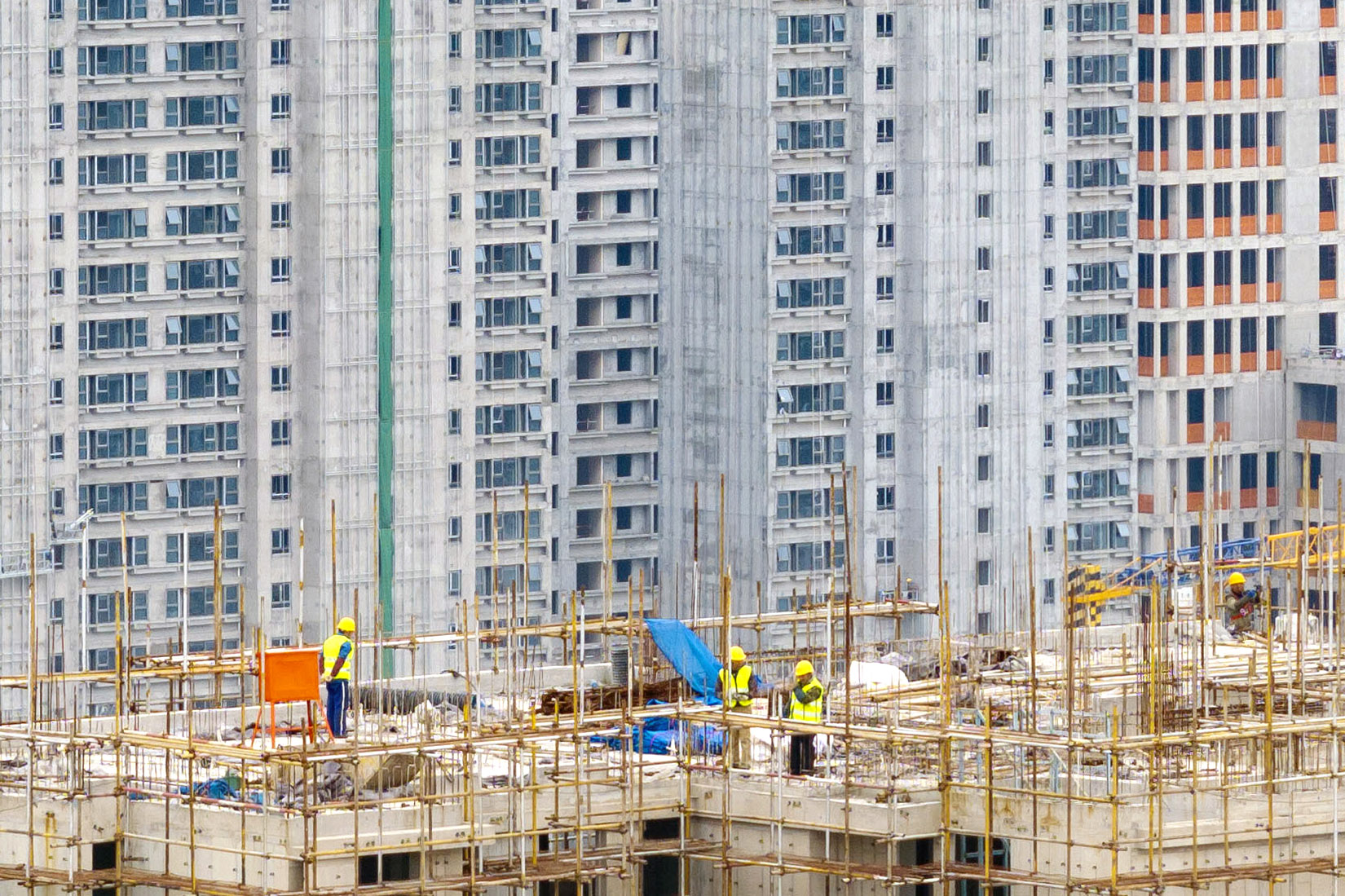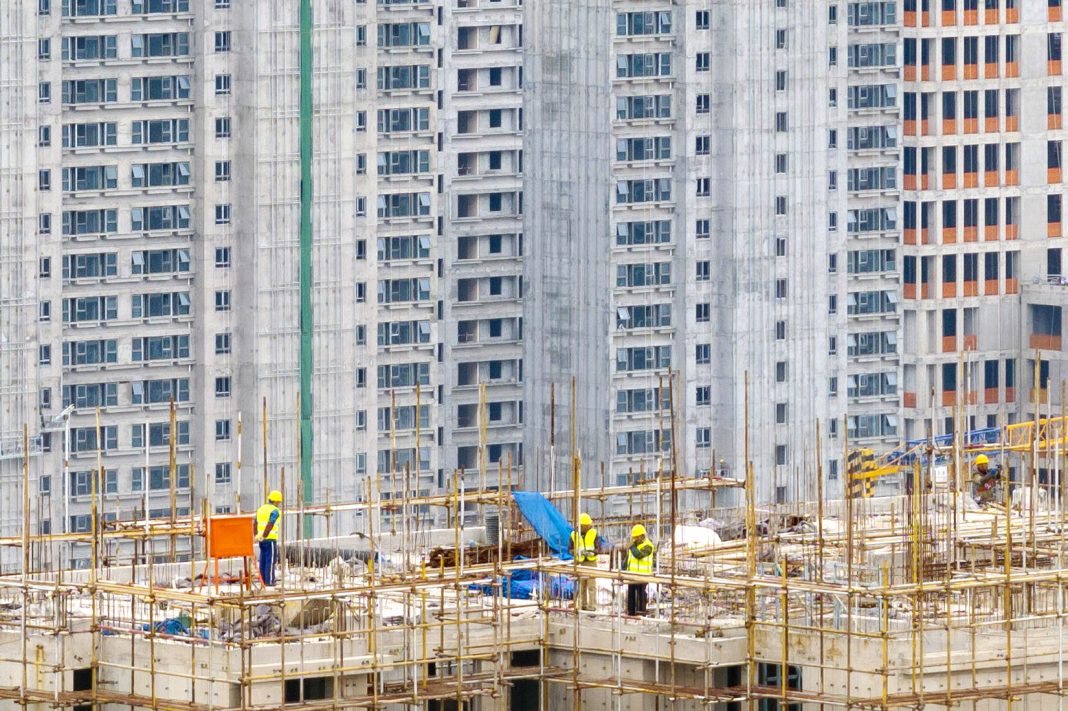 The housing market in the United States is facing an affordability crisis, as the cost of owning a home has outpaced wage increases. According to real estate data curator ATTOM, the median price of single-family homes and condos in 99 percent of counties across the country remained “less affordable” in the second quarter. Owning a home now takes more than a third of a person’s income, the highest since 2007.
The housing market in the United States is facing an affordability crisis, as the cost of owning a home has outpaced wage increases. According to real estate data curator ATTOM, the median price of single-family homes and condos in 99 percent of counties across the country remained “less affordable” in the second quarter. Owning a home now takes more than a third of a person’s income, the highest since 2007.
The increase in home ownership costs can be attributed to elevated home prices and mortgage rates. The price of a median-priced home reached a “new high” of $360,000 during the spring season, while mortgage rates remained around seven percent. As a result, home ownership costs consumed 35.1 percent of the average national wage, well above the recommended maximum of 28 percent.
Rob Barber, CEO of ATTOM, acknowledged that these affordability challenges pose a clear obstacle for prospective homebuyers. He noted that these trends are particularly difficult for house hunters this year compared to previous years since the housing market boom began in 2012.
However, there are signs that the housing market may be easing. According to real estate brokerage Redfin, the typical U.S. home is now selling for less than the list price for the first time since the start of the COVID-19 pandemic. This is due to an increase in housing supply, which has led to more options for buyers. New listings have risen by 8.2 percent compared to last year, and over 60 percent of homes are listed for at least a month without going under contract.
Lawrence Yun, chief economist with the National Association of Realtors (NAR), expects rising inventory to boost home sales and push down home price gains in the coming months. Total housing inventory at the end of May was up 18.5 percent compared to a year ago.
Dr. Selma Hepp, chief economist at CoreLogic, highlighted the importance of inventory levels in determining price growth. Markets with low inventory, such as those in the Northeast, continue to see stronger home price gains. On the other hand, markets with notable inventory increases, such as those in Florida and Texas, are experiencing deceleration in price growth.
Zillow, a tech real estate marketplace, also anticipates “price relief on the horizon” for buyers. The number of homes on the market rose 22 percent compared to last year’s near-record-low level. While inventory is still 34 percent below pre-pandemic levels, it is the smallest deficit in more than three years. Zillow predicts that the addition of more inventory and the expectation of elevated mortgage rates for the rest of the year could reduce competition among buyers and lead to a decrease in home prices.
In conclusion, while home ownership costs have become increasingly burdensome for Americans, there are signs that the housing market may be easing. Rising inventory levels and slowing price growth indicate that buyers may soon find relief. However, it remains crucial to monitor housing market trends and consider factors such as mortgage rates and inventory levels when making purchasing decisions.


